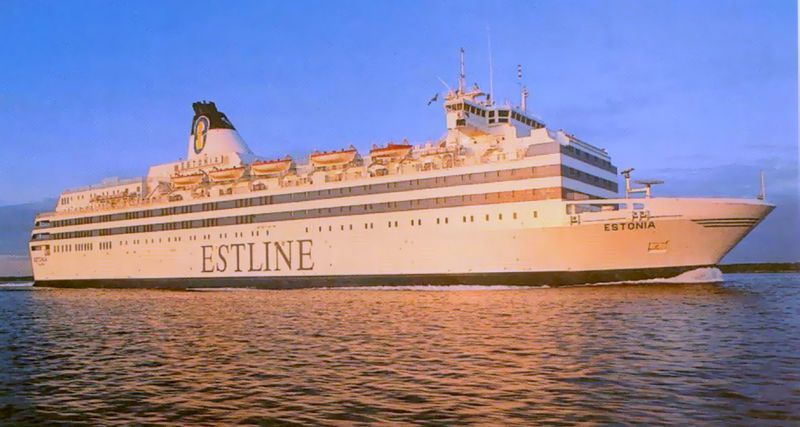Estonia, Sweden and Finland will evaluate new evidence for the sinking of the Estonia ferry. The disaster happened exactly 26 years ago and 852 people died in it. It was the biggest post-war shipwreck in Europe.
The ferry with 803 passengers and 186 crew members sank on the stormy Baltic Sea on the night of September 28, 1994. According to an official report, this happened after the ferry fell out of the front hatch due to insufficient maintenance and water reached the deck with cars through the open bow. However, a television documentary broadcast on today’s 26th anniversary of the disaster showed that there was a four-meter hole in the wreckage on the right side of the ship’s hull, Reuters reported.
“Estonia, Finland and Sweden have agreed to verify the new information in the document,” the foreign ministers of the three countries said in a joint statement released today.
As a result of the television documentary, some survivors and relatives of the victims of the shipwreck are calling for a new independent investigation into the shipwreck. There has also been new speculation about the cause of the accident.
“The existence of a hole in the fuselage has been rejected for years,” said Kent Härstedt, who survived the accident and was a member of the Swedish parliament. “What emerged today raises further questions – why wasn’t the hole included in the official investigation?” he asked at a press conference.
Former prosecutor Margus Kurm told the public company ERR on Monday that the ferry could have crashed due to a collision with a submarine. Kurm was the head of the committee, which investigated the causes of the disaster from 2005 to 2009.
– .


